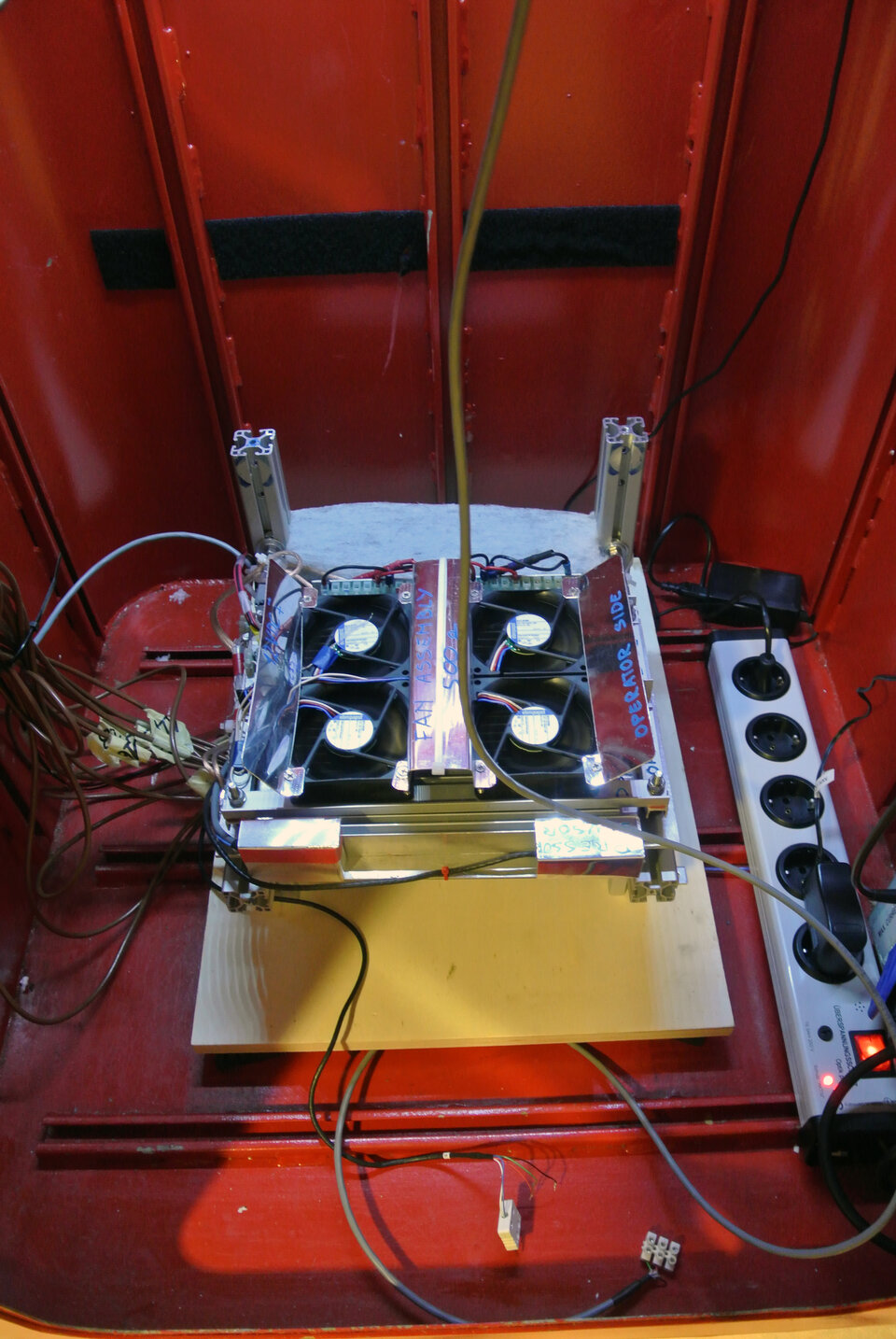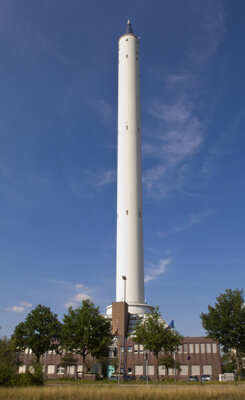Student teams announced for Spin and Drop Your Thesis!
Five student teams have been selected for the 2014 Spin Your Thesis! and Drop Your Thesis! programmes. These unique opportunities allow students to run their experiments in world-class gravitational facilities. The data contributes to their syllabus, PhD or Master’s theses.
World-class scientific facilities are usually only available to fully qualified researchers. ESA’s Education Office initiative aims to address this through its Spin Your Thesis! and its Drop Your Thesis! programmes.
Calls for proposals are opened once a year. During this time students, together with their universities, are encouraged to submit their proposals for microgravity or hypergravity experiments. There is no restriction on the field of science that can be investigated. The only stipulation is that access to the experimental facilities is crucial to the study.
Each team usually consists of 2 to 4 university students. ESA offers financial support to the selected teams to cover part of the cost of the experimental hardware, travel and accommodation.
Spin Your Thesis! uses the Large Diameter Centrifuge facility located at ESA's European Space Research and Technology Centre (ESTEC) in Noordwijk, the Netherlands. It is a hypergravity facility. At eight metres in diameter, this centrifuge can reproduce a gravitational force from 1 to 20 times the pull of Earth’s gravity.

This year is the fifth time that ESA will have run Spin Your Thesis!. The experiments will take place at ESTEC between 8 and 19 of September 2014. Four teams have been chosen:
The AngioGravity team comes from Portugal. It is composed of three undergraduate students from the University of Porto and a PhD student from the University of Minho in Braga. Their study involves bioengineering. Specifically, they will investigate the ability of Endothelial Cells (ECs) to form blood vessels in hypergravity.
The first of two Dutch teams is known as Sponges in Space. It is composed of two Masters students and a PhD student from the University of Amsterdam, The Netherlands. They study aquatic ecology, ecotoxicology and evolutionary biology. Their aim is to study the energy demands of spicule body formation in sponges. To do this they will vary the level of gravity during sponge germination.
The Transformers team is composed of three PhD students from Italian Institute of Technology, Italy. They are studying micro-biorobotics, and will investigate hypergravity’s applicability to protocols of mammalian cell transfection for regenerative medicine purposes. This involves the introduction of DNA in cells without the use of a virus.
The Glacier team is the second Dutch team. It is composed of two Masters students in Earth Science from the University of Amsterdam, The Netherlands. They would like to test the influence of gravity on the flow properties of an ice-analogue material.
Drop Your Thesis! using the 123-metre-tall drop tower located at the Center of Applied Space Technology and Microgravity (ZARM), Bremen, Germany. Experiments can either be dropped from the top or catapulted upwards from the bottom. During the ‘launches’, the experiment experience for up to 9.3 seconds microgravity condition similar to being in orbit.

This is the 6th campaign and will take place from 3 to 14 November 2014. The selected team is Italian and known as FELDs for Flexible Electromagnetic Leash Docking system.
The team is composed of four Masters students from University of Padova, Italy, who study aerospace and telecommunication engineering. Their experiment has two main objectives. The first is to demonstrate the technology of an innovative tethered soft docking system for spacecraft, which uses electromagnetic docking with the use of a flexible wire. The second is to study the dynamic response of the capture system and its effects on the impacted spacecraft in microgravity.
To do this they will spend two weeks at ZARM, where the experiment will be carried out during a series of 5 launches, each providing 4.7s of microgravity each.
All the teams now have about six months to prepare their experiments. During this time, they will be supported by ESA's Education Office and by experts in charge of the experimental facilities they will be using. Members of the European Low Gravity Research Association (ELGRA) will also be on hand to provide advice and expertise in microgravity and hypergravity research.
With initiatives like this, ESA helps to stimulate the development of a new generation of highly skilled researchers. When they enter the work place, they will help to keep Europe at the fore-front of scientific and technological progress, benefiting us all.
Notes for editors:

Videos of previous experimental campaigns in these programmes are available:
For more information, please contact:
Natacha Callens
ESA Educational Programmes Coordinator
Email: Natacha.Callens @ esa.int




